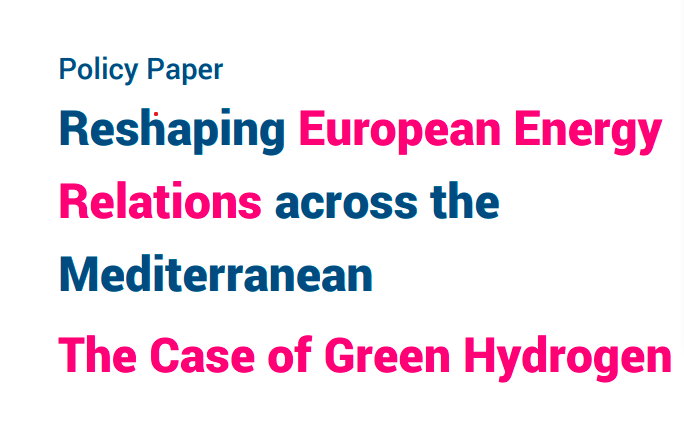Green Energy
Reshaping European Energy Relations across the Mediterranean: The Case of Green Hydrogen

Since 2019, Lebanon has been facing a multi-faceted crisis, described by the World Bank as “the most devastating, multi-pronged crisis in its modern history." This economic and financial crisis has led to severe shortages in fuel supply, which in turn resulted in further blackout in the national electricity grid with public electricity supply not exceeding two hours per day.
However, the country is accustomed to shortages in public electricity supply. Informal neighborhood-level private diesel generators were supplying up to 50% of electricity before beginning of the crisis in 2019. However, the crisis, and its resulting fuel shortages added to the end-consumers’ loss of purchase power, resulted in the inability of these generators to cope with and supply longer hours of blackouts. This is why those who can afford it are either subscribing to more expensive private generators that guarantee continuous supply over the long hours of blackouts, or resorting to rooftop solar photovoltaic systems with battery storage. All this highlights the vulnerability of the energy sector in Lebanon and the need for increased energy security. Therefore, the paper explores different sources of energy supply, especially highlighting the use of hydrogen.
The paper is part of a bigger study that explores the state of national hydrogen markets in the MENA region, looks at their potential for future use and production of green hydrogen and presents policy recommendations for each specific context that may help raise this potential for domestic
use and export to other markets.
It represents a starting point for the discussion about a new future energy relationship between Europe and MENA but also between the countries that are part of the MENA region. We hope it will lead to a better mutual understanding of the economic, political, geopolitical, regulatory and other challenges that will determine how green hydrogen will reshape the energy relationships around and across the Mediterranean basin in the decades to come.
Read the full study here: